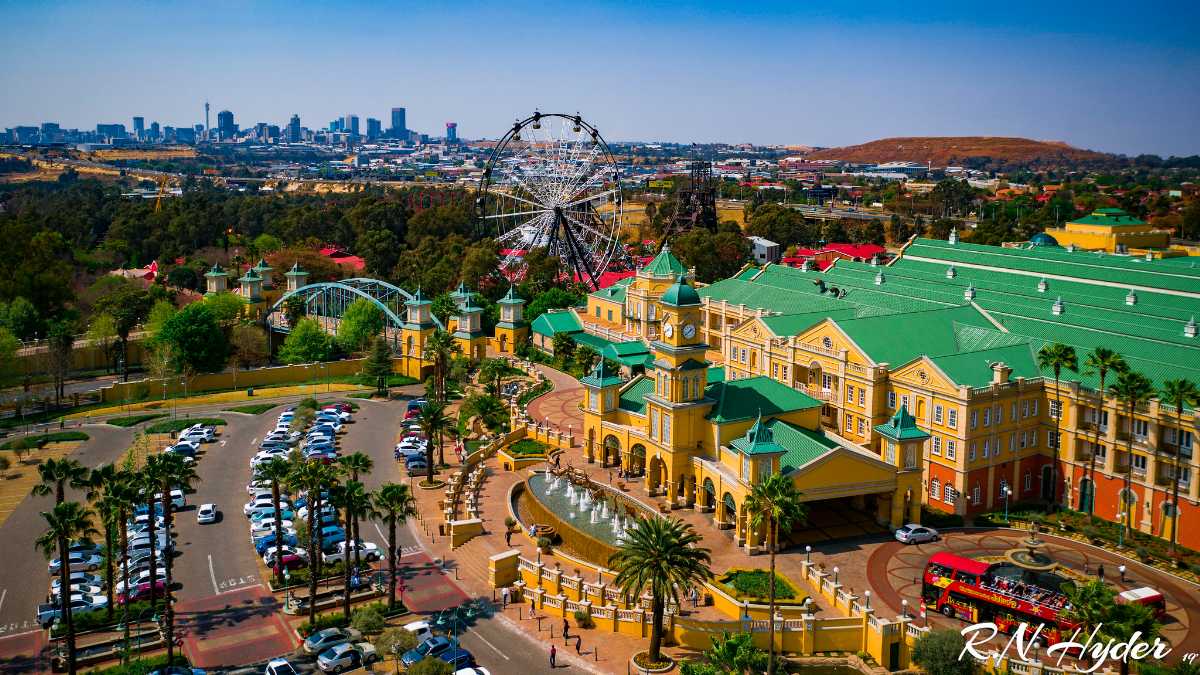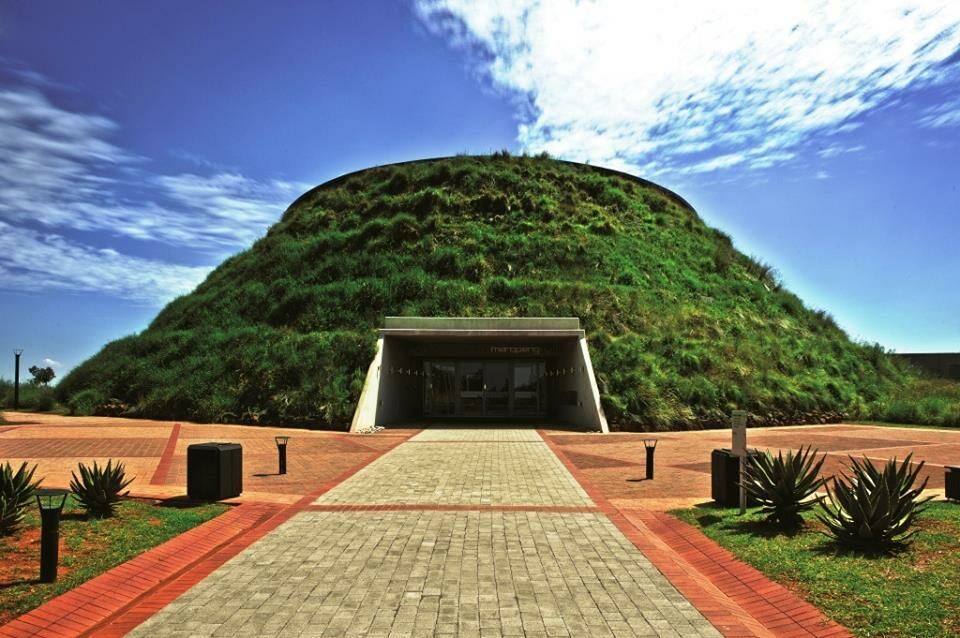The Ultimate Guide To Johannesburg North Attractions
The Ultimate Guide To Johannesburg North Attractions
Blog Article
Some Of Johannesburg North Attractions
Table of ContentsHow Johannesburg North Attractions can Save You Time, Stress, and Money.Johannesburg North Attractions Fundamentals ExplainedThe 7-Minute Rule for Johannesburg North AttractionsGetting The Johannesburg North Attractions To WorkThe Best Guide To Johannesburg North AttractionsUnknown Facts About Johannesburg North Attractions
The city grew on the side of the Witwatersrand Key Reef, a subterranean stratum of gold-bearing quartz-silica corporation that arcs for hundreds of miles beneath the Highveld - Johannesburg North attractions. Many of the gold mines in the city discontinued procedure in the 1970s, but in its day the Witwatersrand gold sector accounted for more than 40 percent of the globe's annual gold production.Johannesburg has a temperate environment. The city delights in concerning eight hours of sunlight per day in both winter season and summer season.
What rain the city gets drops virtually solely in the summer season months, typically in spectacular late-afternoon electric storms., where numerous citizens still count on coal for gas.

Not known Details About Johannesburg North Attractions
The balance of the city is occupied by whites. Lodging varies in character and high quality.
Physical growth, although rather restricted by transport, continued promptly as immigration to South Africa, and Johannesburg specifically, raised significantly. This trouble was solved in the 1930s when the vehicle was introduced in automation to South Africa. Automobiles were, essentially, restricted to the affluent, and allowed them to move to the north of the city and commute right into the centre.
The majority of bad suburbs were combined, with bad blacks and whites living together, although the affluent suburbs were generally scheduled for whites.
The previous system of eleven numbered regions was reorganised in 2006. Marshalltown, as seen from the top of the Carlton Centre. The M1 and M2 run behind the buildings, and the southerly suburbs prolong past the highway limit. The inner city of Johannesburg is situated within the city's Area F. The number of people living in the inner city on an informal basis is unidentified, as several are illegal immigrants. The unemployment, education and learning, and age profiles of the location are all unidentified, due to the trouble of getting trustworthy information about the area.
An Unbiased View of Johannesburg North Attractions
Centred on the CBD, the region includes the suburban areas of Yeoville, Bellevue, Troyeville, Jeppestown, and Berea to the east. To the west it infects Pageview (Johannesburg North attractions) and Fordsburg. There are small industrial areas to the south, such as City West-Denver and Benrose. Around 800,000 travelers go through the central city every day, and it operates as a local purchasing node for visitors from the southern suburbs. Yeoville and Bellevue have a mix of next apartment or condo buildings and solitary household systems on little lots. The region lies on a hilly divide that runs from eastern to west. The most conspicuous geographic function is Observatory Ridge, which is named for the huge observatory situated on it. The leisure spaces are no more made use of, because of safety and security problems.

The Best Strategy To Use For Johannesburg North Attractions
The eastern suburban areas are some of the oldest areas of Johannesburg, there are large neighborhoods of Jewish and various other European histories, the bulk of the population is English talking. There are three golf programs as well as a number of secured ridges with viewsites.
The area is primarily made up of old "matchbox" residences, or four-room residences constructed by the federal government, that were constructed to provide affordable holiday accommodation for black employees during discrimination. Soweto is an acronym, meaning "South Western Townships". Road after road around is lined with matchboxes; nonetheless, there are a couple of smaller locations where thriving Sowetans have developed houses that are more comparable in stature with those in even more affluent residential areas.
Hostels are one more popular physical function of Soweto. Originally constructed to house male migrant employees, several have actually been enhanced as houses for couples and family members. The N1 Western Bypass skirts the eastern border of Soweto. The suburb was not historically enabled to produce employment centres within the area, so nearly all of its homeowners are travelers to other parts of the city.
Indicators on Johannesburg North Attractions You Need To Know
The domestic locations in the northern residential areas are mostly official, with no substantial locations of informal housing, or real estate that does not have a long-term framework. This is a recognized area, there is a fad of land use change from household to commercial, specifically along main arterial roadways and around well-known nodes.
Roadways to the east and west are much less well developed, as there are no highways travelling in that direction. Towards the northern border of the city, the density of development decreases, leaving large areas of undeveloped land around Midrand.
8 Simple Techniques For Johannesburg North Attractions
The first residential area to the north of the central city is Parktown, which lies on a hill overlooking the central city look at these guys and Hillbrow. It has many rich locals and Edwardian-style estates, in addition to the look at these guys Education and learning and Clinical schools of the College of the Witwatersrand. The big concrete Charlotte Maxeke Johannesburg Academic Hospital dominates the horizon of Parktown.
Report this page